A Shift In Mindset: Aging Is A Holistic Cause Of Disease
-
50%of US healthcare costs occur in the last 3 years of life
-
25%of healthcare costs occur in the last 12 months of life
-
$37Tamount contributed to the global economy by 1 extra year of healthy life
The new science of antiaging is rapidly changing the perception that diseases like Alzheimer’s, heart disease, diabetes and arthritis are distinct and separate. It’s becoming clear that they share many underlying biological processes associated with the human organism growing old. Scientists have narrowed these down, broadly, into nine “hallmarks of aging,” such as stem cell exhaustion, inflammation and cellular senescence.
Modern longevity science began in 1993 when structural biologist Cynthia Kenyon of the University of California, San Francisco, discovered that modifying a single gene in a tiny worm called Caenorhabditis elegans could double its lifespan. Her findings suggested that aging might be regulated by genes in some organisms, an insight that inspired a broad scientific inquiry around antiaging. Researchers have since been able to extend the lifespan of worms tenfold and of mice by a third. In some cases they have reversed aging in animals as measured by biomarkers. So far, scientists have not gotten the same results in humans, although currently at least 10 drugs targeting aging pathways are in clinical trials.
TRENDING: LONGER LIVES
Since 1900, when average life expectancy in America was 47 years, Americans have gained about 2.65 years on average every decade. The United Nations has predicted that by the end of the 21st century the average lifespan will max out in the upper 90s. But new interventions to slow aging are poised to bend the curve upward again.
Within a decade, 70 will be the new 50.
James Peyer
CEO and cofounder, Cambrian Biopharma
AMERICAN ASTERISK: US LIFESPANS ARE REVERSING THANKS TO COVID, DRUG ABUSE AND OBESITY
Life expectancy in America fell to 76.1 years in 2021, down from 79 years in 2019. Driven by Covid, opioid overdoses and obesity, 2022 saw the second consecutive annual fall. These reversals brought to a halt a century plus of extraordinary gains. The longterm trend is likely to resume, given the resources pouring into longevity innovation. Other factors: a massive public health effort to fight Covid (despite political challenges) and long-overdue government-level actions against Purdue Pharma and other corporations that fueled the surge of premature deaths caused by the opioid epidemic.
